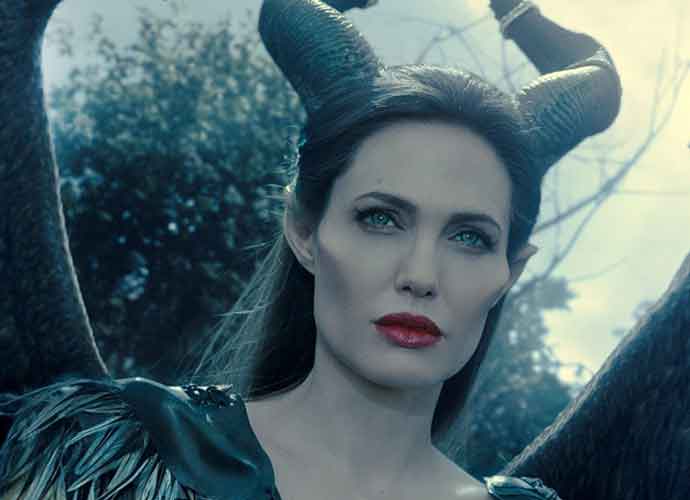‘Maleficent: Mistress of Evil’ Blue-Ray Review: By-The-Numbers Tale Fails To Take Flight

1/5
As a 21 year-old male, I admittedly am not particularly tapped into the market that made the original Maleficent the fourth highest-grossing film of 2019. Regardless, the numbers spoke for themselves and inspired Disney to make a sequel.
I mention that Disney made Maleficent: Mistress of Evil as opposed to director Joachim Rønning because the movie is comprised of the same sanitized, risk-free filmmaking that seems to permeate all Disney films today, regardless of the talent behind the camera. It’s this by-the-numbers plotting and blasé direction that prevents Maleficent: Mistress of Evil‘s outstanding cast from shining in the way one might hope.
The film picks up in a light mood around five years after the events of its predecessor with Elle Fanning‘s winsome Aurora ruling as the Queen of the Moors. She is wooed and proposed to by Prince Phillip, played by Brenton Thwaites in the original but here replaced by an equally nondescript Harris Dickinson, who hopes to unite his hometown of Ulstead with the neighboring Moors.
Complication quickly ensues, unsurprisingly, and yet again Maleficent is hardly to blame. Despite all of the menace that Angelina Jolie tries to bring to the role, the film’s obvious sympathy for her and her plight makes it difficult to buy into the anti-hero narrative being peddled. The film’s primary villain is instead Michelle Pfeiffer‘s Queen Ingrith, Phillip’s mother. Ingrith’s evil nature is intended to be some kind of twist, but the “hints” the film drops to this end read more like slaps in the face.
After a disastrous attempt to bring the two sets of parents-in-law together, Maleficent is forced to join a herd of a similarly-formed fairies who have been hiding in a cave. They are ostensibly led by a confusingly-cast Chiwetel Ejiofor, who seems to be barely even trying to earn his paycheck here, though the group’s radical dreams of conquest over the humans are incited by Ed Skrein‘s Borra. Scenes in the cave drag on for far too long and aren’t helped by the sheer ugliness of much of the makeup the actors are asked to wear.
Like so many movies geared towards children or mass audiences (major studios largely treat the two groups the same), Maleficent: Mistress of Evil‘s moral is little more than a simple warning against extremism and plea for unity. It’s perhaps unfair to expect more depth from this kind of film, but the artistic goals of the movie are so fundamentally shallow and unoriginal when held up against its contemporaries that it borders on the inexcusable.
No performance in the film is bad, per se, but the entire roster of A-list talent appears to just be phoning it in most of the time — and who can blame them? It’s not easy to put forth a meaningful performance in front of a mere green screen while weighed down with a metric ton of makeup.
If you (or your children) enjoyed Maleficent, you’re likely to find value in its sequel. Other than that, the reasons to recommend this film are strikingly low. That being said, the special features on offer here are robust with two extended scenes, four miniature “the making of”-style documentaries, an amusing collection of outtakes, and a music video for Bebe Rexha‘s “You Can’t Stop the Girl,” which appears on the film’s soundtrack.
RELATED ARTICLES
Get the most-revealing celebrity conversations with the uInterview podcast!







Leave a comment